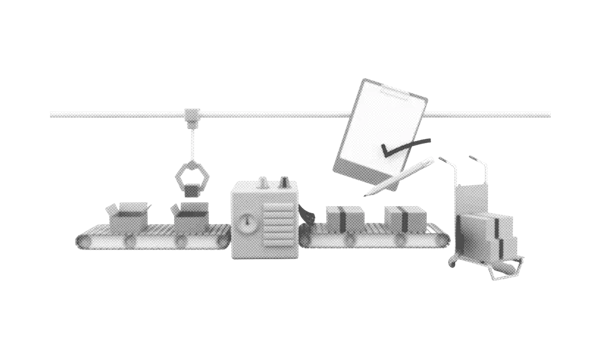

Where Thought Leaders go for Growth


Defining what preventive maintenance is, is harder than it appears to be. In general, preventive maintenance is anticipating maintenance needs and avoiding potential problems that may arise. The main goal is to avoid a stop in production due to damage to a machine, for example, and minimize unplanned downtime.
Often mistaken for predictive maintenance, preventive maintenance is easier to implement and a lot less expensive. However, there are many types of subcategories under the preventive maintenance umbrella.
Which type of preventive maintenance is right for you and your business? What’s the difference between predictive and preventive maintenance? And what kind of tools should you use to organize maintenance in a production-oriented company? Keep reading to find out the answers to these questions and more!
Preventive maintenance, also referred to as preventative maintenance, can be defined as “maintenance with the goal of increasing an asset’s lifetime. It works by preventing excess depreciation and impairment or untimely breakdown.” (source: UpKeep).
Basically, it’s maintenance that is scheduled in advance at regular intervals and within predefined periods. The maintenance is also set according to the machine’s manufacturer.
Contrary to the other type of maintenance, preventive maintenance is not designed to predict breakdowns, however, it does regular follow-ups to make sure that the machine is working properly.
Predictive maintenance is an “advanced form of planned maintenance that monitors asset conditions in real-time.”.
This type of maintenance is designed to assess the condition of equipment in order to detect signs of wear and tear that may lead to a subsequent failure.
The ultimate goal of predictive maintenance is two-pronged: firstly, it aims to get rid of regular breakdowns, and ultimately reduce the need for repairs.
So, why should you use predictive maintenance?
Predictive maintenance allows you to schedule machine repairs at the most convenient time for you and your business. By having predictive repairs, you can do repairs at times when it will have the least impact on production. The best way to do this is to set up a plan and schedule in order to maximize savings and productivity.
There are several advantages to preventive maintenance:
On the other hand, predictive maintenance allows:
However, predictive maintenance costs can sometimes be quite expensive, especially for smaller businesses.
Data analysis is enabled thanks to the Internet of Things (IoT). Thanks to smart data, maintenance, and industrial operations have been upgraded to “maintenance 4.0” and “industry 4.0”
The machine sensors monitor the state of the machine in real-time. Furthermore, while data is being collected, it is automatically shared with the designated technician who can analyze it to:
Corrective maintenance is also used after a problem has been identified and the machine needs to be repaired. It’s used for:
Predictive maintenance makes it easier to monitor production materials, even though it can be complex and expensive to set up. On the other hand, preventive maintenance is the complete opposite, easy to set up.
To make companies’ lives easier, there is specialized software, Computer-assisted maintenance management (CMMS), that automatically sets up maintenance plans, which in turn reduces the overall cost on businesses.
One such program is Praxedo, you can easily and automatically schedule maintenance and send work orders. What’s more, Praxedo even determines the best field technician based on a given job, skillset, travel time, and your availability, all automatically! And, when the technician does get there, you can track their progress in real-time with status updates for each work order.
With the right tools, you’ll be able to limit interruptions to your production, and never have to worry about maintenance again.

